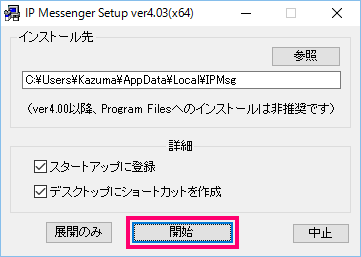


As ORP5L is involved in intracellular Ca 2+ signaling and mediates the proliferation of HeLa cells ( 27), we considered that ORP5L may contribute to the proliferation of normal T cells by regulating Ca 2+ signaling these cells. Our recent work indicated that ORP4L extracts and presents PIP 2 from the PM for PLCβ3 catalysis in leukemia stem cells, and thus ORP4L may serve as a target for elimination of these malignant cells ( 26). ORP4L is expressed in T-ALL cells, but not in normal T cells, and is essential for cell survival by regulating the activation of PLCβ3, a PLC isozyme with a predominant role in IP 3 production in T-ALL cells ( 8, 25). ORP2 is involved in PIP 2 and cholesterol metabolism ( 24). An important role of ORP5/8 as a transporter for PIP 2 rather than PI(4)P has recently been explored ( 23). OSBP mediates sterol/PI(4)P exchange between the ER and Golgi ( 19), whereas ORP5/8 exchange phosphatidylserine (PS) for PI(4)P at ER-PM junctions ( 21, 22). Oxysterol-binding protein (OSBP) and its relative, oxysterol-related protein (ORP), have emerged as mediators of the interorganelle transfer of cholesterol or phospholipids in exchange for phosphatidylinositol-4-phosphate (PIP) ( 19, 20). An NFAT-specific inhibitor, 11R-VIVIT, decreases T cells’ proliferation capacity by inhibiting nuclear translocation of NFAT2 ( 14, 16– 18). NFAT2 proteins are dephosphorylated by calcineurin activated by Ca 2+, which leads to their nuclear translocation and the induction of NFAT2-mediated gene transcription, further activating T cells ( 11). There is evidence that NFAT3 is not expressed in normal T cells ( 11), although NFAT2 mediates the proliferation of these cells regulated by Ca 2+ signaling ( 11, 12, 14, 15). Once in the nucleus, NFAT1–NFAT4 activate transcription of downstream target genes with multiple regulatory roles in cell fate determination, thus directly linking Ca 2+ signaling to gene expression ( 12). Calcium-associated NFAT isoforms are usually activated by increased intracellular Ca 2+ levels and subsequently translocated into the nucleus.

The NFAT family contains five members, including four calcium-responsive isoforms named NFAT1, NFAT2, NFAT3, and NFAT4, and a tonicity-responsive enhancer-binding protein (TonEBP, also known as NFAT5) ( 11). One response to the release of Ca 2+ through IP 3R is enhanced NFAT activity through the Ca 2+/calmodulin/calcineurin pathway as a consequence of signal transduction ( 11– 13). The binding of IP 3 to receptors in the endoplasmic reticulum (ER) results in ER Ca 2+ egress and mediates a range of cellular responses ( 9).Ĭa 2+ is a versatile second messenger with a wide range of central physiological roles in processes such as cell growth or proliferation, including immune cell responses ( 10). Upon anti-CD3 stimulation, linker of activated T cells is phosphorylated and subsequently binds and activates PLCγ1 to cleave PIP 2 in a G protein–independent manner ( 7), whereas in malignant transformed T cell acute lymphoblastic leukemia (T-ALL) cells, CD3 signaling is swapped in a dominant manner to G protein–/PLCβ3-mediated IP 3 generation ( 8). PLCγ1 is the predominant PLC isoforms in T cells ( 2). In a receptor tyrosine kinase pathway, the isozyme PLCγ1 becomes phosphorylated upon activation of receptor tyrosine kinase, allowing it to cleave PIP 2 ( 6). When a ligand binds to a receptor coupled to a Gq heterotrimeric G protein, the α-subunit of Gq induces activity of PLCβ, resulting in the cleavage of PIP 2 into IP 3 and DAG ( 5).

So far, six mammalian PLC isozymes have been characterized at the cDNA level, the isozymes differing from each other in tissue distribution, intracellular localization, regulatory mechanisms, or downstream functions ( 2– 4). The second messenger inositol-1,4,5-trisphosphate (IP 3) is generated by hydrolysis of phosphatidylinositol-4,5-bisphosphate (PIP 2) located in the plasma membrane (PM), by phospholipase C (PLC) ( 1).


 0 kommentar(er)
0 kommentar(er)
